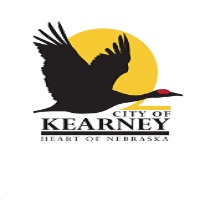
City of Kearney
Located squarely in the nation’s mid-point, Kearney is a crossroads for commerce and culture. More than 32,000 people call the Kearney area home enjoying a balance of urban amenities and Main Street America quality of life. Kearney is ranked eighth for best towns to raise a family in Nebraska, sixth nationally for the best places for millennial job seekers in the Midwest.